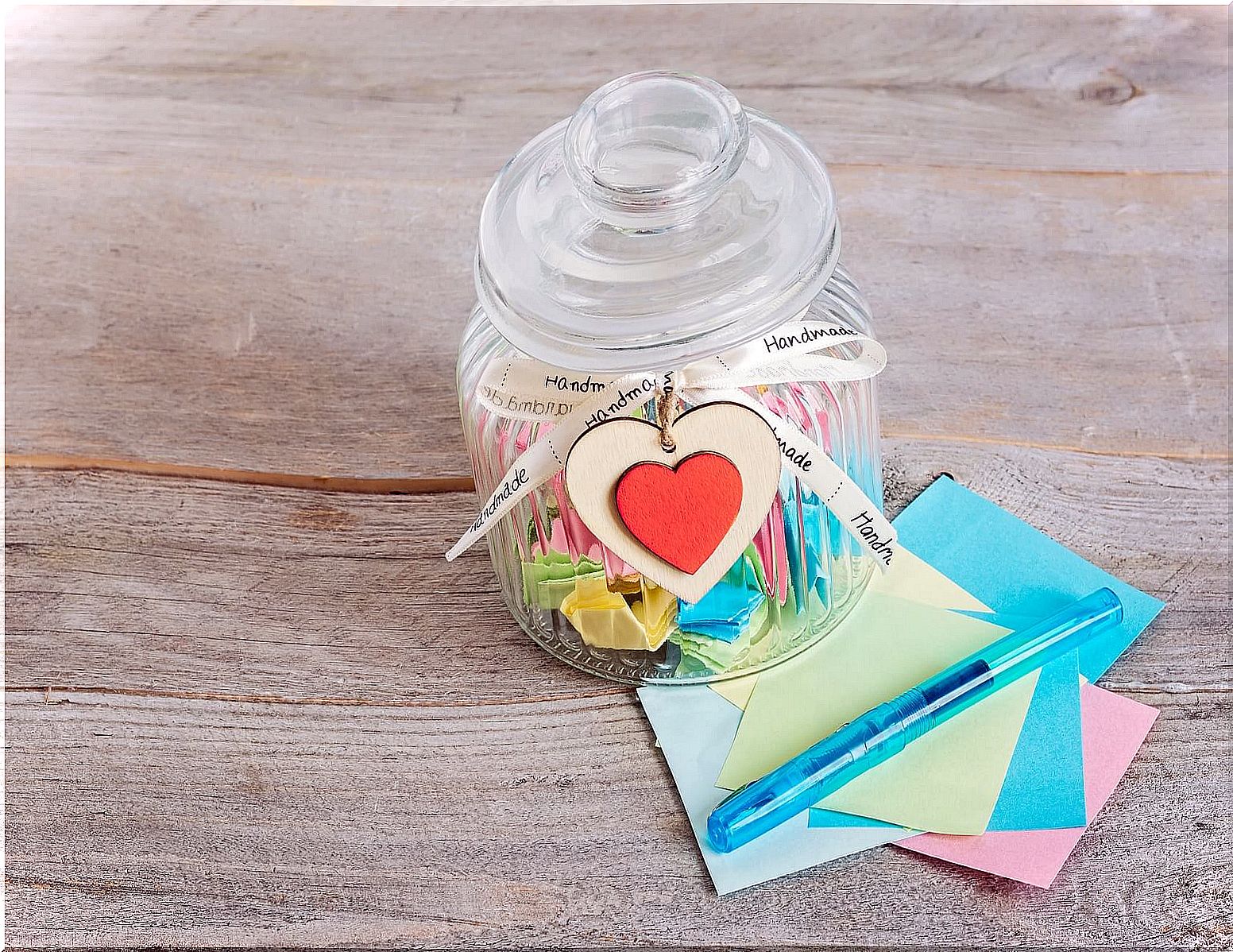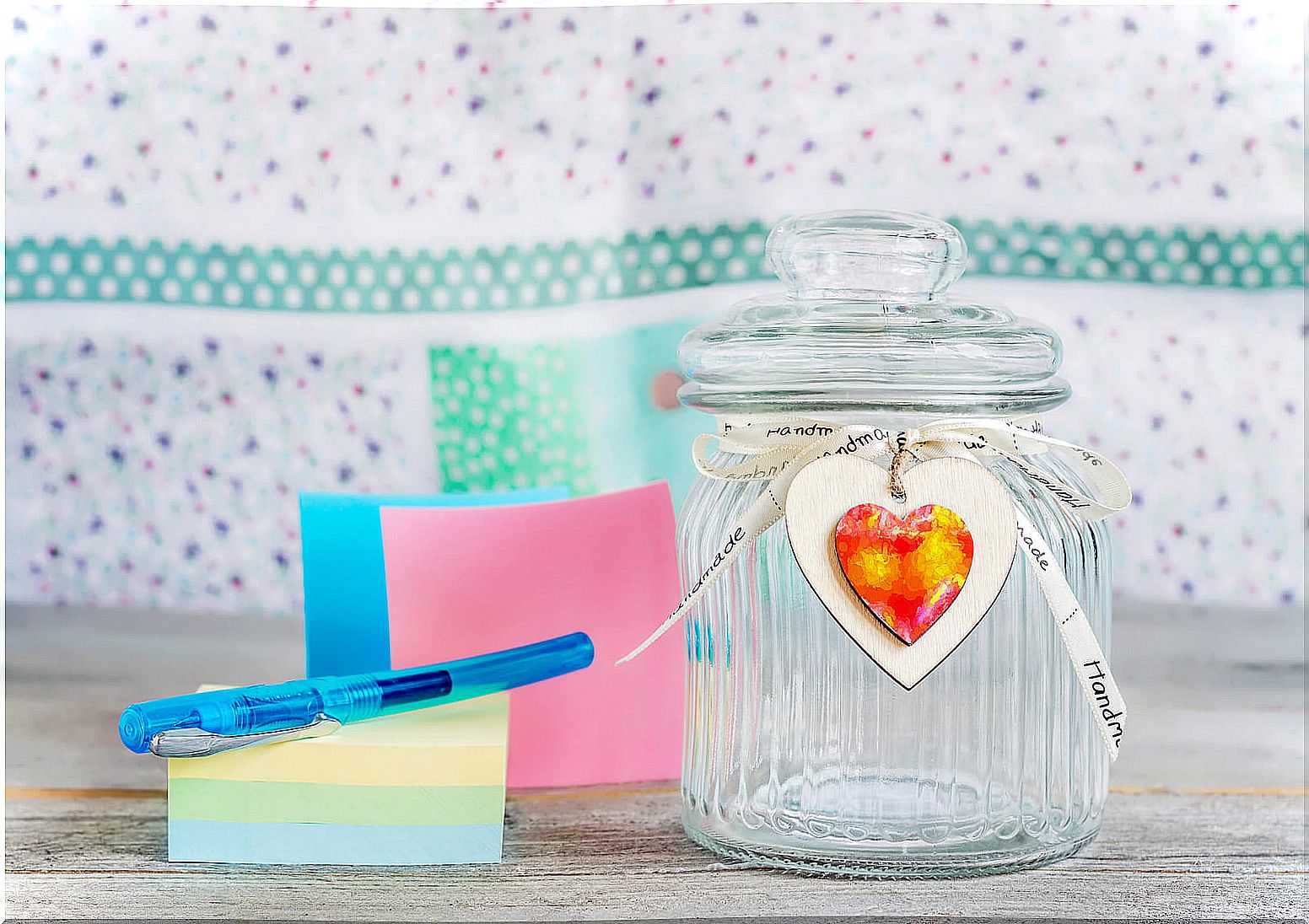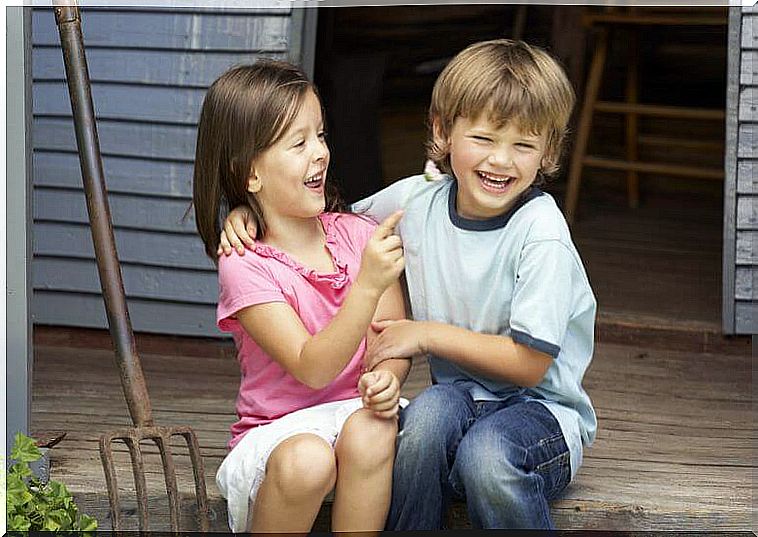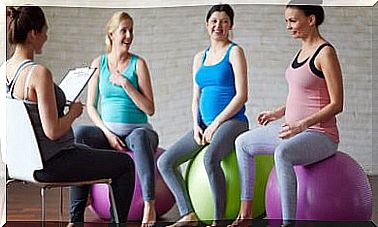How To Make A Gratitude Jar With Children

One of the most important values that should be instilled in children from an early age is that of gratitude. One way to convey this teaching, in a fun and enjoyable way, is by using a gratitude jar. Don’t you know about this wonderful resource? Along the next lines we will tell you how to make it with simple materials.
Before beginning to describe each of the steps that must be followed to carry out this exercise, it is worth clarifying what a gratitude jar consists of. It is a jar in which small pieces of paper have to be inserted daily with thanks to something or someone.

How to make a gratitude jar with children?
The first thing to do is gather the necessary material to make the gratitude jar:
- An empty glass jar.
- White paper.
- Pencils.
- Colored paints, glitter, stickers or any other material to decorate the boat.
Once you have all the material, it is time to get down to work and follow these steps:
- Give the children time to decorate the glass jar to their liking and let their imagination and creativity run wild.
- Put a label on the outside of the jar that says “gratitude jar. “
- Place the gratitude jar in a visible place in the house.
Thus, the bottle would already be ready to be used.
Save the thanks in the jar
To use the gratitude jar correctly, follow these instructions:
- Every day at the end of the day, each member of the family should take time to think about what they can be grateful for. Most of the time it will be very simple things, such as having spent time with friends, having good news about a loved one, having done a pleasant activity, having enjoyed a good meal, etc.
- Each member has to write their appreciation on a blank piece of paper and put it in the previously created gratitude jar. If the children are very young or have difficulty expressing themselves through words, they can draw a picture to represent their gratitude.
- On the last day of the week the family should meet, for example at dinner time, open the gratitude jar and extract each of the papers from it.
- Written acknowledgments throughout the week are read aloud and experiences are shared with the rest of the family.
This activity can also be carried out in the same way in the school context, so that teachers can make together with their students a jar of gratitude to put in the classroom.
Benefits of teaching children to be thankful with the gratitude jar
Teaching children to practice gratitude has a multitude of developmental benefits, including the following:

- Increased physical, psychological, emotional and social well-being.
- Less likely to suffer from stress, anxiety or depression.
- Increased resilience capacity.
- Improved self-esteem.
- Greater optimism and happiness.
- Less selfish attitudes.
- Greater humility.
- Improvement of social skills and emotional intelligence.
- Greater ability to forgive, not being spiteful.
In addition, by using the gratitude jar to achieve this goal, the little ones are forced to write their feelings and thoughts on pieces of paper that they then have to share with others. This makes communication skills and written expression also strengthened.
In short, thanks to the gratitude bottle, minors will learn to be grateful in their day-to-day lives, something that will undoubtedly help them to be better people and to always value what they have.
And you, what are you waiting for to do this beautiful activity with your children or students?










